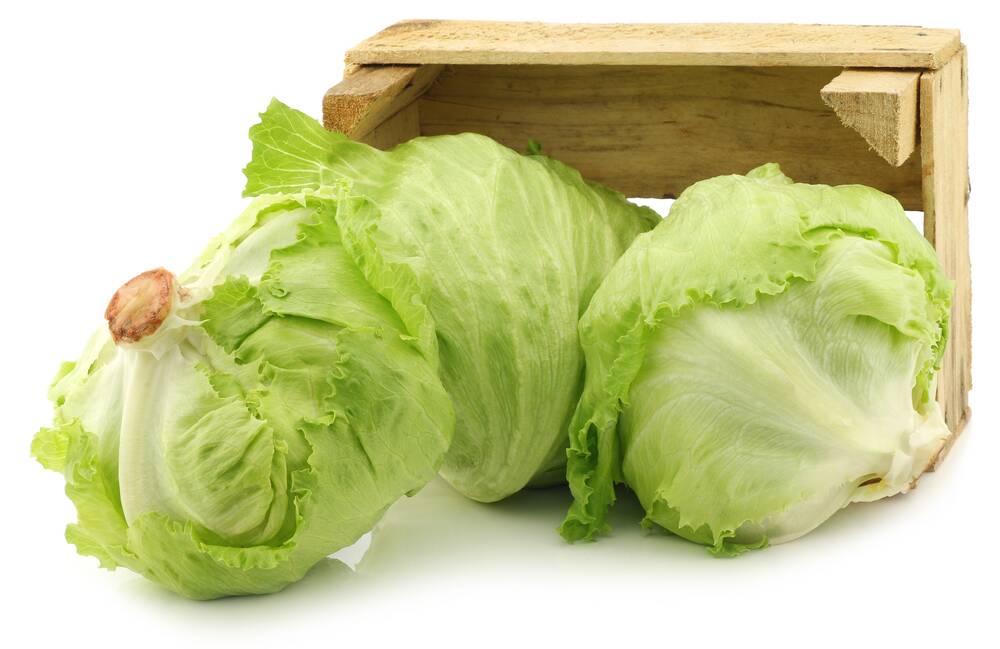
If a lettuce costs $10, then I have roughly $200 worth of green leaves enduring the frosts just outside my study window, plus a few bases for an excellent salad scattered around the garden. Hopefully I've planted enough to keep us going till the first tiny Buttercrunch lettuce in spring.
Subscribe now for unlimited access.
$0/
(min cost $0)
or signup to continue reading
Sadly our mature lettuces are all the tall-leafed "rabbit's ear" kind, not crunchy Iceberg. I love crunchy Iceberg, but rabbit's ear lettuces are hardier, less prone to snails and rots, and easier to grow. This means we are still buying lettuce.
I should have planted Iceberg late last summer, or one of its close relatives. It was one of those "gunna do" projects that didn't get done. Our climate does not forgive gardeners who don't get around to planting or harvesting at the correct time. If it's not growing well by early winter, it probably won't do much till spring - and then will go to seed.
This mean the lettuce most of us eat in winter grows in frost-free areas, which have either just been flooded or are having major supply issues getting fertiliser and fungicides and other chemicals needed for their large-scale lettuce production, plus farm help to grow pick and pack them, plus delivery problems, like every other industry in Australia.
Ways to grow winter lettuce in Canberra - or tomatoes, basil, and other frost-sensitive crops - include investing in a glasshouse, preferably heated, to grow them indoors hydroponically or under grow lamps. I'd love to see every high-rise building mandated to set aside one floor in three for indoor farms and gardens. Humans need greenery and living plants for sanity and soothing, not just for food. Add rooftop gardens, and a city could produce more food than the equivalent acreage of farmland.
Sadly, that ideal isn't going to help you get affordable Iceberg lettuce this winter, unless you already have that glasshouse or an indoor growing system.
But you can have a crop of homegrown lettuce in just a few weeks' time - as long as it is mini lettuce, grown in the sunniest spot in the warmest room in the house, or in a small, heated "grow pot" which is warmed by electricity. These vary in price from about $30 for a small one. The bigger it is, the more expensive. That "bottom heat" can give you mini lettuce now, plus a head start on your corn, tomato, basil, watermelon, sunflowers, petunias and other summer seedlings. Even without a heated pot, mini lettuce should still grow and thrive.
Step one: buy the seeds. There are special "mini lettuce" packs, but any lettuce is just baby lettuce that hasn't had time to grow up.
Scatter the seed on whatever tray or container will fit in your sunny spot. Make sure it is well drained so the plant roots don't rot, or be very, very careful and just give them a cautious drink every day, enough to keep the soil moist but not pool at the base of the container.
Wait. Lettuce seed germinates in about 10 days. If yours hasn't peeped up out of the soil in a fortnight, it's too cold. This may then be the time to compare potential heating and lettuce bills. You may find your lettuce production covers any extra heating you may need - or even your normal heating bill which you intended to cut down with rising prices.
Once the seedlings appear, keep the soil moist but not soggy, and water twice a week with an organic liquid fertiliser at a tenth of the strength recommended on the label. Snip the lettuce leaves when they seem big enough to bother with. The plants should keep regrowing. Just keep feeding, watering, snipping and eating. No, it won't give you big round crisp cups of Iceberg to fill with something savoury, but you will have your lettuce, or silver beet, English spinach, wom bok or any other green you fancy growing and eating young. Do not let snails near - the amount of havoc one snail can wreak on mini lettuce in a night is remarkable. You may also need to persuade the cat that your household mini lettuce farm is not their litter tray. Other than that, it is far easier than you may think.
And this spring, and next autumn, I will be planting Iceberg lettuce, or a variety with the same crisp qualities, and hopefully won't have to rely on lettuce brought from far away for a long, long time.
This week I am:
- Wishing I had planted more English spinach - the homegrown, just-picked frost-softened English spinach is far more tender and sweet than anything bought, except possibly from a farmer's market.
- Watching bush after bush of camellias come into bloom.
- Picking cold-sweetened oranges, and still waiting for the first mandarin to ripen - they are stubbornly staying partially green.
- Regretting I didn't pick some of the medlars to make medlar jelly before the birds and fruit bats ate them.
- Wondering if the onion seeds really will germinate in the cold soil. Possibly they will rot, or wait till spring, or the ants will carry them away. Gardening has its own quiet adventures.
- Glad that I have a job where I do not have to go outside till the sun warms the valley, and the frost has melted. The chooks can wait for their morning feed till the grass looks green, not white.


